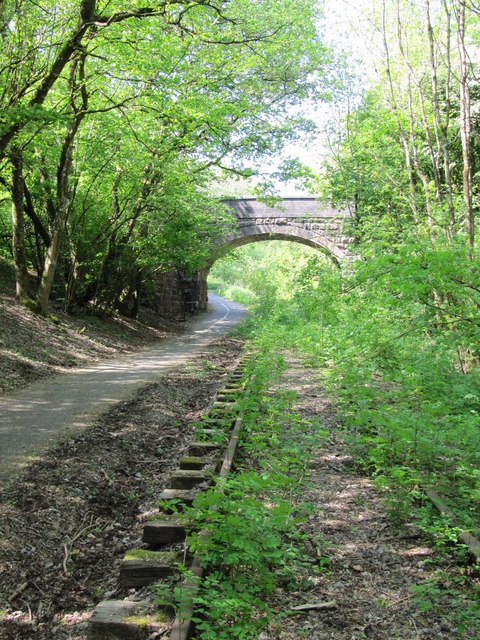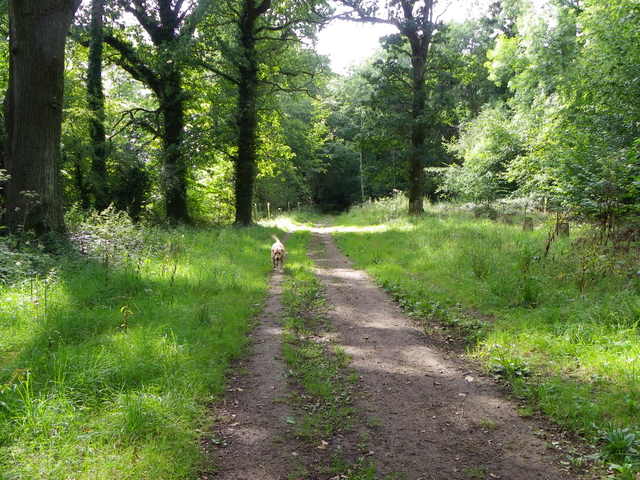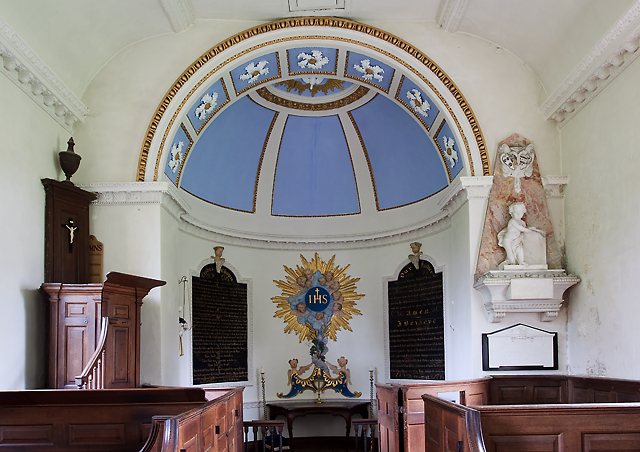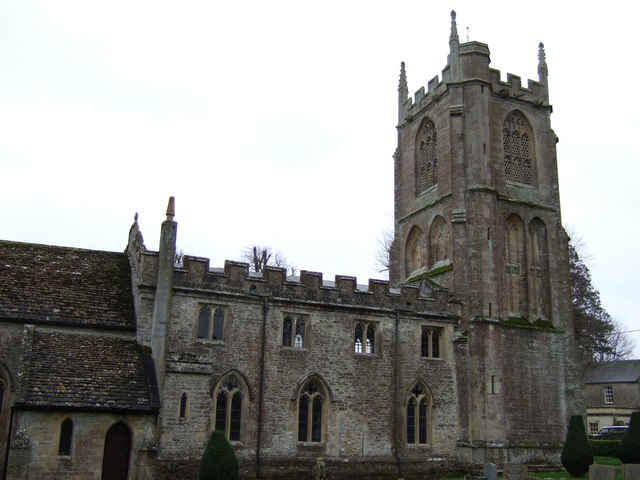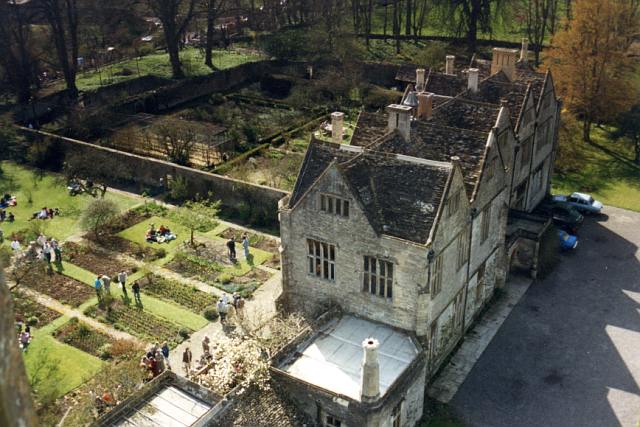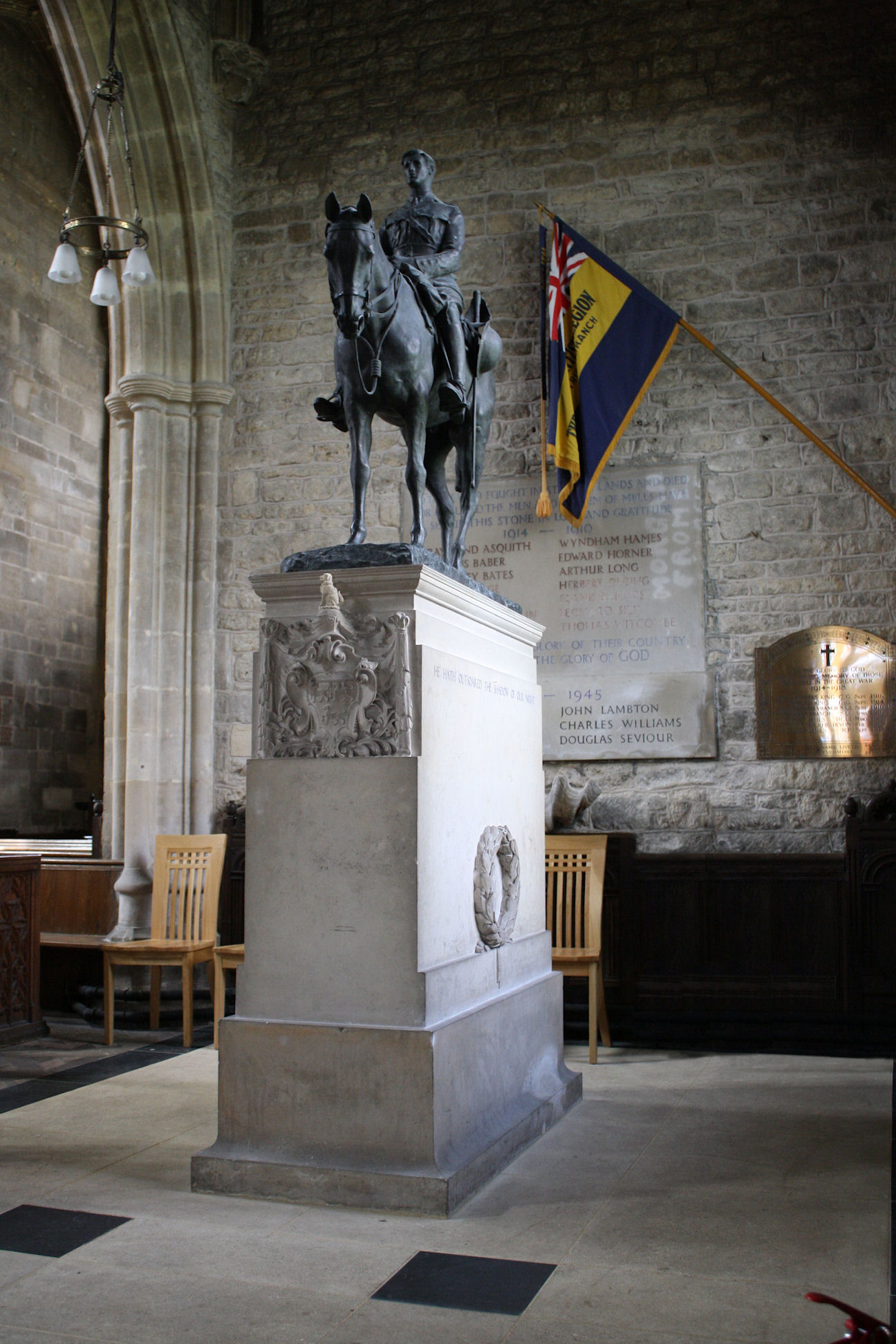The Gorse
Wood, Forest in Somerset Mendip
England
The Gorse

The Gorse, located in Somerset, England, is a picturesque woodland area known for its dense growth of gorse bushes. Covering an area of approximately 100 acres, this enchanting wood is a haven for nature enthusiasts and walkers alike.
The Gorse is characterized by its stunning display of vibrant yellow flowers that blanket the landscape during the spring and summer months. These flowers emit a distinct coconut scent, adding to the sensory experience of visitors. The wood is also home to a variety of other flora, including heather, bracken, and various species of mosses and lichens, creating a diverse and visually appealing environment.
The woodland is host to an array of wildlife, making it a popular destination for nature lovers. Birdwatchers can spot a range of species, such as woodpeckers, warblers, and owls, while small mammals like rabbits, foxes, and squirrels can often be seen darting between the trees. The Gorse is also home to several species of butterfly, adding a touch of color and beauty to the surroundings.
Walking trails wind through the woodland, allowing visitors to explore the area at their own pace. These well-maintained paths offer stunning views of the surrounding countryside, making it an ideal spot for photography enthusiasts. The Gorse provides a peaceful and tranquil escape from the hustle and bustle of daily life, allowing visitors to immerse themselves in the natural beauty of Somerset.
Overall, The Gorse in Somerset is a captivating woodland that offers a diverse range of flora and fauna. Its stunning gorse bushes, fragrant flowers, and scenic walking trails make it a must-visit destination for nature enthusiasts and those seeking a serene escape in the heart of the English countryside.
If you have any feedback on the listing, please let us know in the comments section below.
The Gorse Images
Images are sourced within 2km of 51.259151/-2.397228 or Grid Reference ST7251. Thanks to Geograph Open Source API. All images are credited.
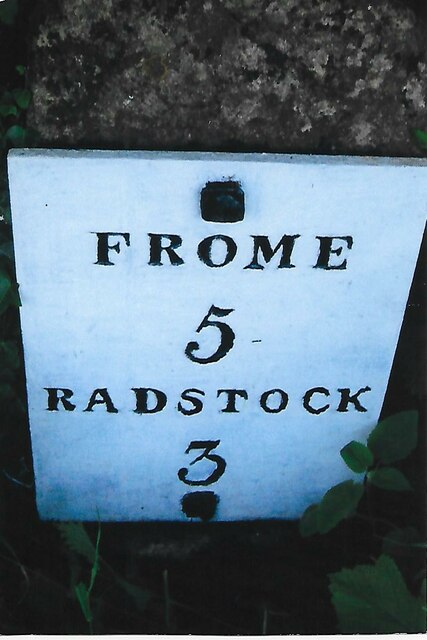
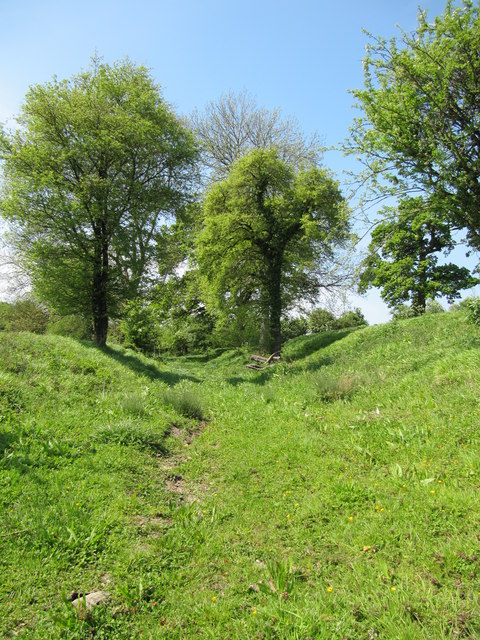
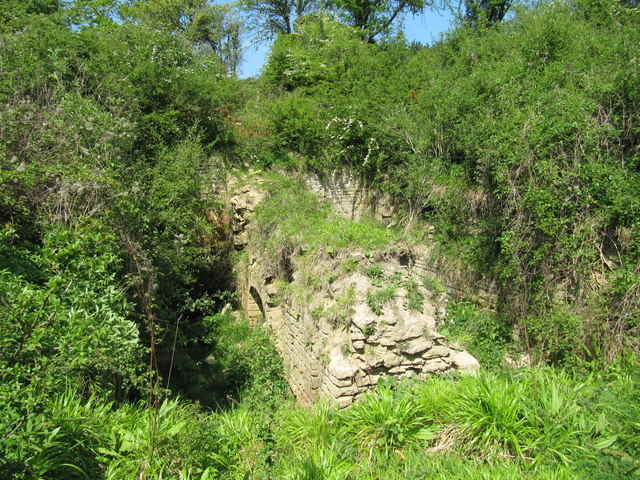
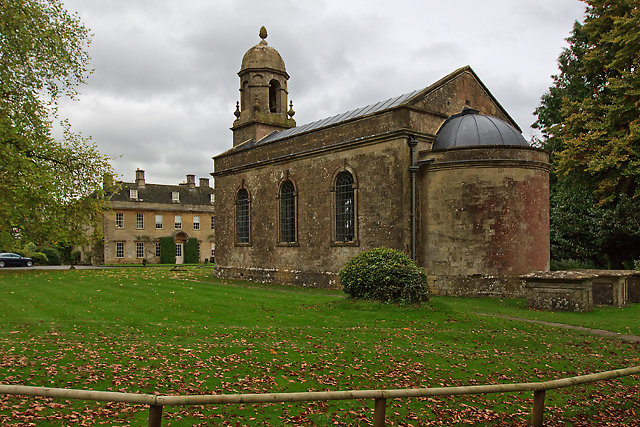

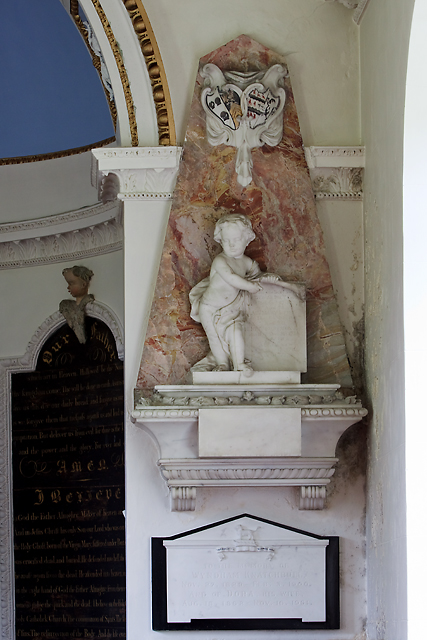
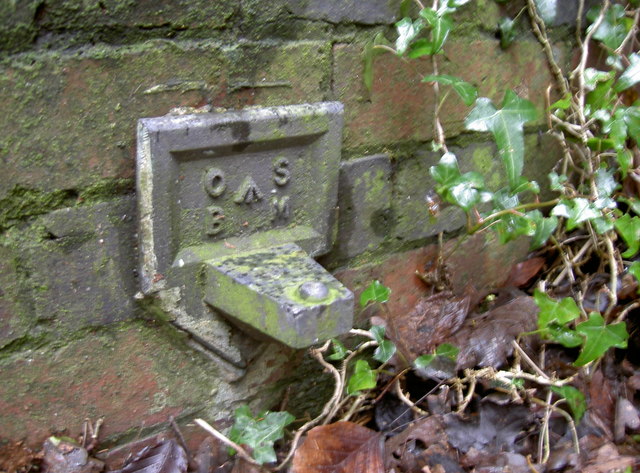
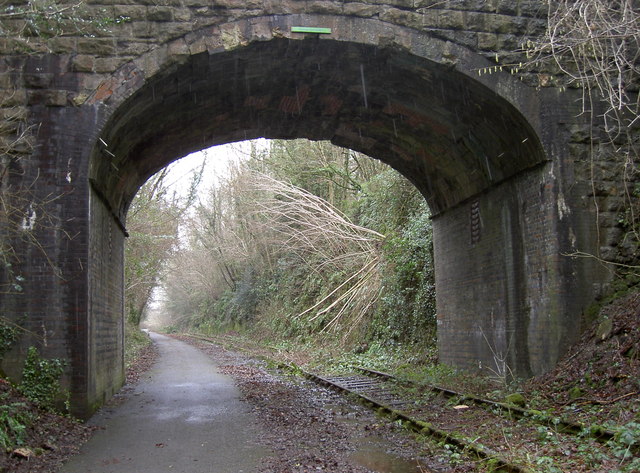

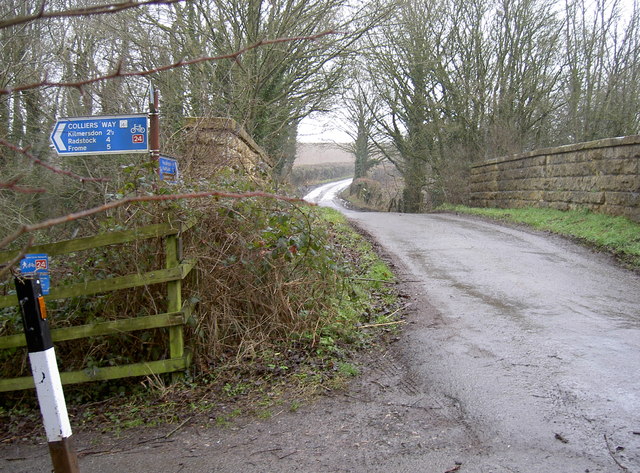
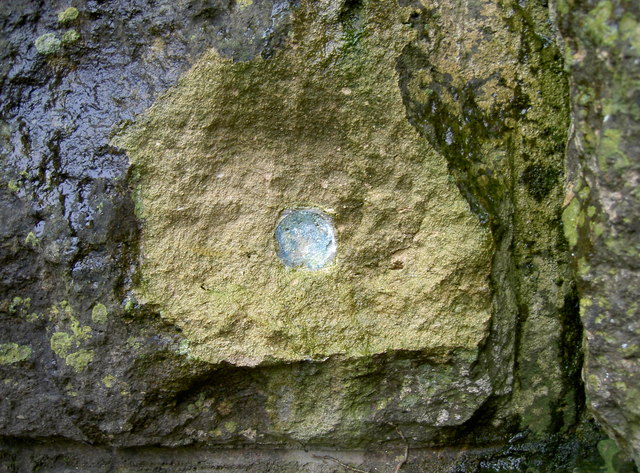
The Gorse is located at Grid Ref: ST7251 (Lat: 51.259151, Lng: -2.397228)
Administrative County: Somerset
District: Mendip
Police Authority: Avon and Somerset
What 3 Words
///tightrope.senders.ahead. Near Radstock, Somerset
Nearby Locations
Related Wikis
Kingsdown Camp
Kingsdown Camp is an Iron Age hillfort at Buckland Dinham 4.5 kilometres (3 mi) South East of Radstock, Somerset, England. It is a Scheduled Monument.It...
Mells Road railway station
Mells Road railway station served the village of Mells, Somerset, England from 1875 to 1959 linking Radstock to Frome, Somerset on the Heart of Wessex...
Babington, Somerset
Babington is a small village between Radstock and Frome, Somerset, England, which has now largely disappeared. == History == In 1233 or 1234 much of the...
St Mary's Church, Hemington
St. Mary's Hemington is an Anglican church in Hemington, Somerset, England. The Norman church underwent major renovation in the 14th, 15th, 17th and 19th...
Mells Manor
Mells Manor at Mells, Somerset, England, was built in the 16th century for Edward Horner, altered in the 17th century, partially demolished around 1780...
Equestrian statue of Edward Horner
The equestrian statue of Edward Horner stands inside St Andrew's Church in the village of Mells in Somerset, south-western England. It was designed by...
Babington House
Babington House is a Grade II* listed manor house, located in the village of Babington, between Radstock and Frome, in the county of Somerset, England...
Ammerdown House, Kilmersdon
Ammerdown House in Kilmersdon, Somerset, England, was built in 1788. It has been designated as Grade I listed building.It was built as a country house...
Nearby Amenities
Located within 500m of 51.259151,-2.397228Have you been to The Gorse?
Leave your review of The Gorse below (or comments, questions and feedback).
